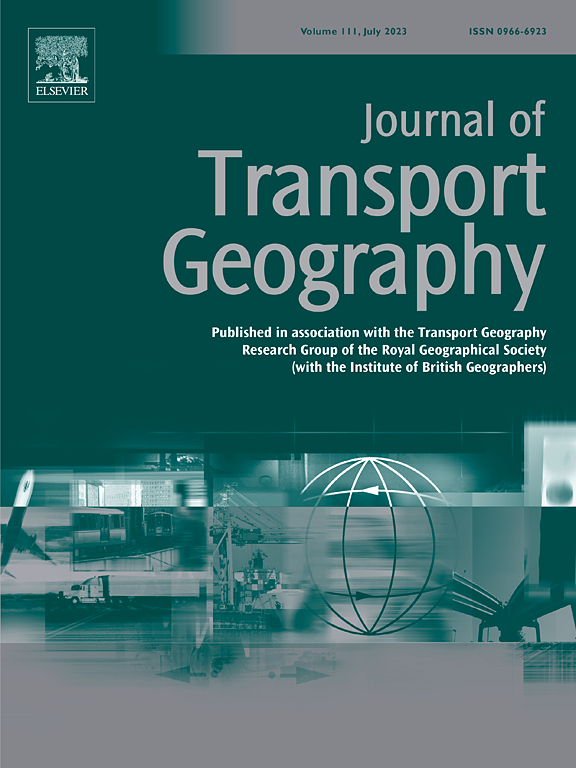Factors influencing urban socioeconomic resilience after the withdrawal of nonpharmaceutical interventions: Evidence from intra-city travel intensity in China
IF 5.7
2区 工程技术
Q1 ECONOMICS
引用次数: 0
Abstract
The ramifications for the withdrawal of nonpharmaceutical interventions (NPIs), which are widely implemented worldwide to mitigate the spread of COVID-19 in different cities, remain inadequately understood. Therefore, we quantified socioeconomic resilience following the withdrawal of the zero-COVID policy by examining the reduction and recovery of daily intracity travel intensity in 259 Chinese cities. We then established ordinary least squares (OLS) and geographically weighted regression (GWR) models of resilience associated with urban social, economic, and environmental characteristics. The results revealed that most cities recovered from the shock within a month, and significant spatial variations in urban socioeconomic resilience. Well-developed cities in terms of GDP per capita and the share of service sectors, and those with inadequate healthcare resources and high population aging, were less resilient. In addition, higher population densities and colder climates exacerbated urban socioeconomic downturns, whereas higher road densities accelerated urban socioeconomic recovery. Furthermore, the impact of GDP per capita and the service sector share on resilience was most pronounced in major urban agglomerations and southeastern regions, while the impact of population aging and temperature was greatest in northeastern regions, and population density and healthcare resources were most influential in western and central regions. These findings suggest that the well-timed withdrawal of NPIs is secure as the pandemic evolves, but has to be mindfully managed in different cities based on their specific characteristics.
求助全文
约1分钟内获得全文
求助全文
来源期刊

Journal of Transport Geography
Multiple-
CiteScore
11.50
自引率
11.50%
发文量
197
期刊介绍:
A major resurgence has occurred in transport geography in the wake of political and policy changes, huge transport infrastructure projects and responses to urban traffic congestion. The Journal of Transport Geography provides a central focus for developments in this rapidly expanding sub-discipline.
 求助内容:
求助内容: 应助结果提醒方式:
应助结果提醒方式:


